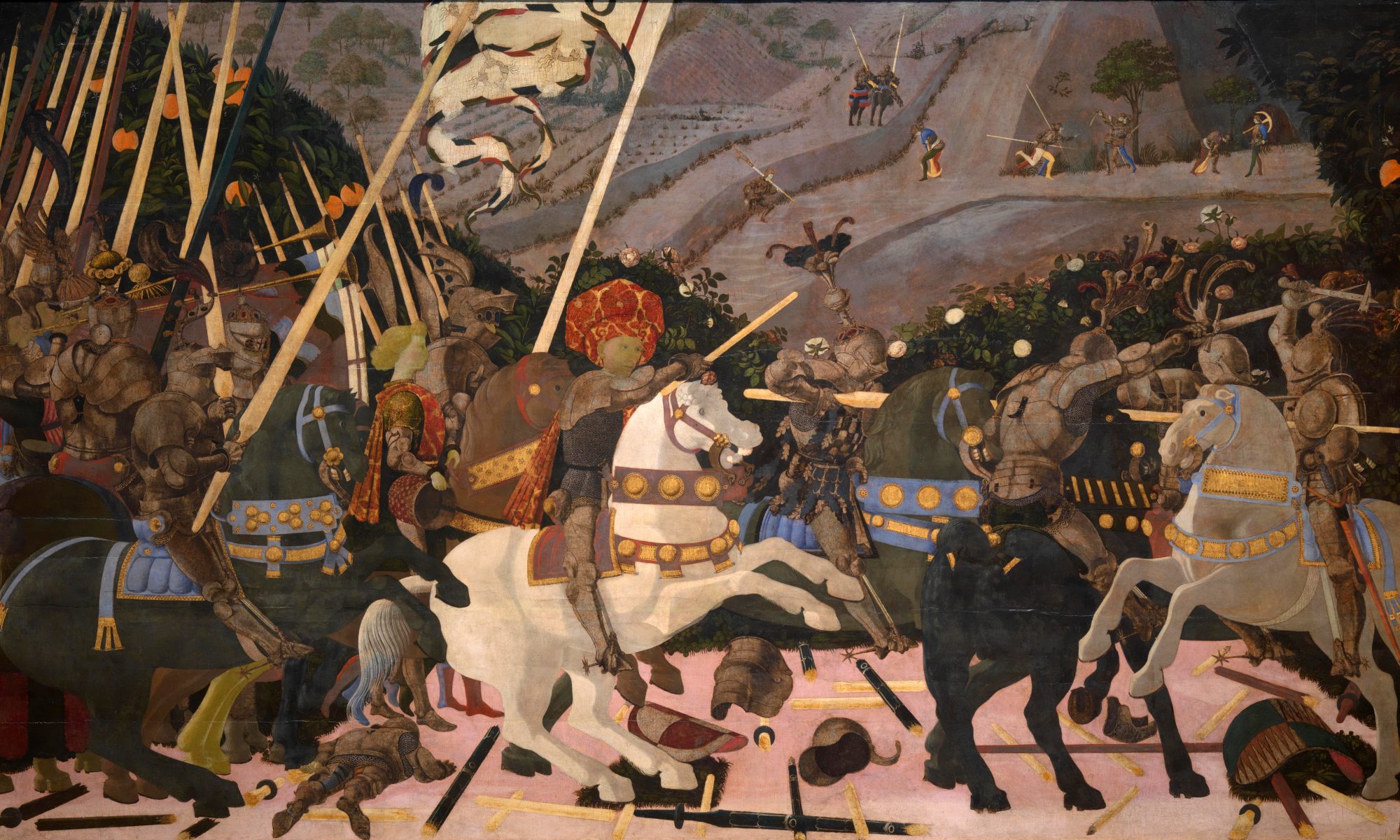- Author: Kelly DeVries, Niccolò Capponi
- Illustrator: Graham Turner
- Short code: CAM 324
- Publication Date: 26 Jul 2018
- Number of Pages: 96
https://ospreypublishing.com/campaldino-1289
A classic, yet original Osprey publication on a familiar but important subject, with large spread 3D and 2D maps, decent quality photographic images though startlingly, a few that are rather low in resolution, full colour artwork by medieval master Graham Turner and commentary to go along with them all. Additionally, it should be noted that Osprey now adds as standard, Index and Further reading sections, as well as the familiar chronology and ORBAT etc, in all their books.
Usually battles are remembered best because of the commanders who directed them, Campaldino is famous because the then unknown Dante Alighieri fought in it with the Florentine Militia Cavalry.
This book is subtitled, the battle that made Dante, and argues for the importance of the battle in the poet’s legendary ‘divine comedy’. For Dante’s version of hell might well in reality be based on the the infernal scenes he saw in June of 1289.
If indeed the battle did inform much of the comedy, and the authors give persuasive argument that it did, then Campaldino rightfully deserves a place amongst the great clashes of history, for the work it inspired is widely considered one of masterpieces of western literature.
Having survived the ghastly press, it isn’t so hard to believe that Dante’s mind might later have wandered to the thousands of lifeless corpses he had seen, and to where all the souls that used to inhabit them went.
Therefore if Campaldino has any right to immortality it is because of its effect on literature. But from a military and political perspective it is no less significant. Heralding as it did the rise of Florence and the cause of the Pope against the Holy Roman Empire. A deeply significant moment then for Italy, the states of which would find themselves facing much the same political enemy as late as 1800.
As a battle it is a remarkable piece of medieval brutality, gloved in the velvet of chivalry. Few other battles can have been started by the charge of a mere 12 men after all. While the dynamics of the action are interesting, as with most medieval fights the tactics are fairly straightforward. Nevertheless the organisation and operations of the armies are fascinating.
Also of note is how different Italy was from the rest of Europe when it came to war. Democracy and feudalism walked hand in hand, from the election of leaders to the vote on battle plans. To the unusual troop types and the various convoluted war aims and rivalries, which are more familiar to general medieval warfare.
The author’s are clearly at home with their subject, which is an excellent study for the campaign series and its great to see these medieval Italian battles being written about and placed in their rightful place amongst the great clashes of history.
What is especially exciting about it is that the Military history of Italy doesn’t exist in an accessible way beyond the fall of Rome. It’s either in Italian or no one writing in English wants to write about it. Medieval Italian warfare is specifically obscure and exists, in English, only because some people like the idea of the Condottieri. If Osprey are going to produce more titles on the Guelph and Ghibelline Wars, or the Sicilian Vespers, dare we hope for the Wars of the Giudicatti? Then this is an excellent start.
For the most part however, the argument is that battle’s significance is once more in the aid of western civilisation than any short term politics. One might even go so far as to agree, after reading this book, that as went Campaldino, so went Florence, so Dante and Dade we say it, so went the renaissance?
Josh,



